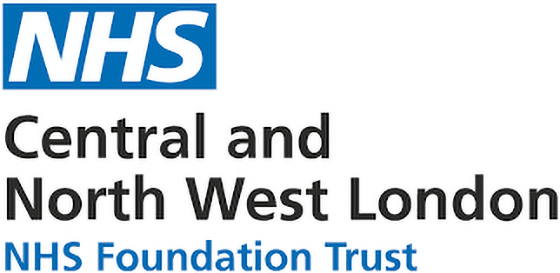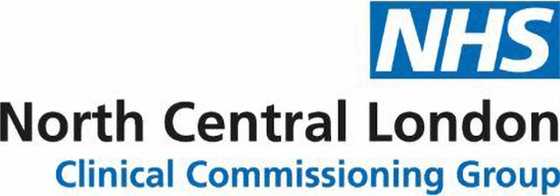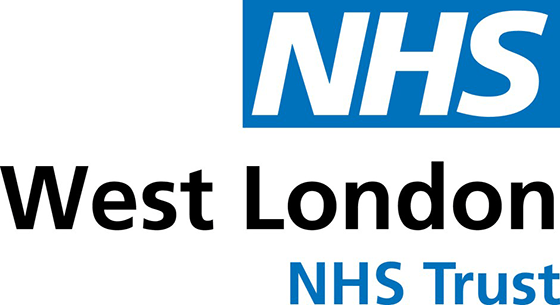How people access parts of emergency care in London is changing, with 111 First helping them to get the right care, in the right place, more quickly.
All Londoners are being asked to contact NHS 111 online or by phone first, before going to a hospital Accident and Emergency department (A&E/ED) if they have an urgent, but not life-threatening, medical need.
The new arrangements will also help the NHS to better control the risk of coronavirus while space in A&E waiting rooms is reduced to ensure social distancing.
From 1 December, 111 can arrange an urgent face-to-face A&E appointment during an allocated timeslot anywhere in London, if someone needs it - meaning shorter waiting times and fewer people in A&E. Arrangements are also in place to let A&Es know if shielding patients are coming so they can be kept safe.
NHS111 can also make direct appointments online, by phone or face-to-face with a variety of health services, including Urgent Treatment Centres, a patient’s own GP, specialised mental health crisis services, dental services and pharmacists for urgent repeat prescriptions and advice. If needed, an ambulance can also be despatched.
Arrangements will not change for people with life-threatening illnesses or injuries who should continue to dial 999 and anyone who arrives at A&E without calling NHS 111 will still receive medical care, with those needing emergency treatment prioritised.
GP practices are open as usual. Contact them first, as you normally would, if you need an appointment with your GP.
Dr Vin Diwakar, Medical Director for the NHS in London, said: “111 First will help reduce the waiting time to be seen in A&E; instead Londoners will get the treatment they need faster and in the right place. It’s now more important than ever that patients receive the care most appropriate to their needs, and expansion of 111 First will help enable that. By calling 111 first patients can potentially avoid waiting unnecessarily in an A&E waiting room, put their mind at ease and find the service that is right for their needs.”
Allocated face-to-face A&E appointment timeslots will be available for patients who need them in the following order:
- From 30 September: Royal London Hospital, North Middlesex University Hospital, Chelsea and Westminster Hospital, Queen Elizabeth Hospital Woolwich, Croydon University Hospital
- By 31 October: Newham Hospital, Whipps Cross Hospital, Homerton Hospital, St Thomas Hospital, Princess Royal University Hospital, Kings College Hospital (Denmark Hill), Barnet Hospital, Royal Free Hospital, Kingston Hospital, St Helier Hospital, St George’s Hospital, Northwick Park Hospital, Ealing Hospital, West Middlesex Hospital
- By 30 November: Queens Hospital (Romford), King George Hospital (Redbridge), University Hospital Lewisham, University College London, The Whittington Hospital, Hillingdon Hospital, Charing Cross Hospital, St Mary’s Hospital
To support the 111 First initiative as we go into the traditionally busy winter period, capacity in the NHS 111 service is being expanded.
London’s approach has been developed by hospital consultants, GPs, nurses, paramedics pharmacists, social workers, mental health specialists, NHS 111 teams in the capital, using local knowledge and expertise. This is similar to that being used across the rest of the country but the region has also spoken with a number of people from across the capital to get their views and considered their feedback as part of the design process, ensuring the approach works for Londoners.
For more information on when and how to contact the NHS for urgent or emergency medical help, or how to contact NHS 111, please visit: https://www.nhs.uk/using-the-nhs/nhs-services/urgent-and-emergency-care/











